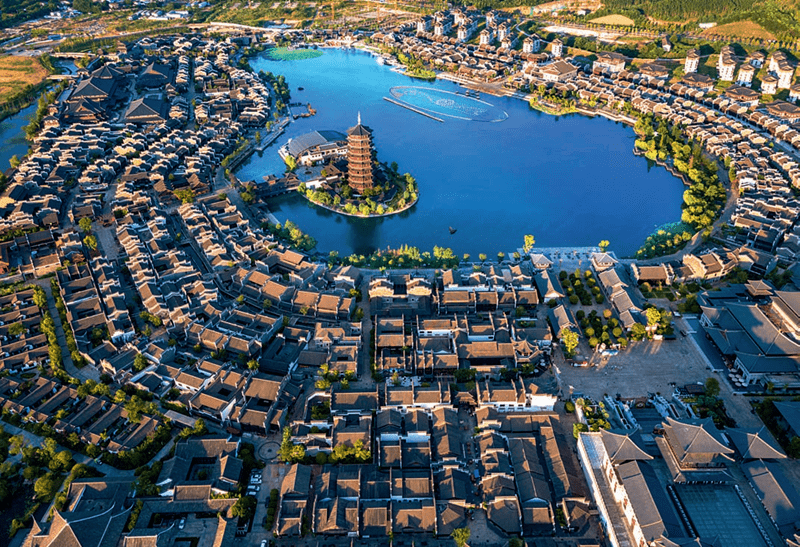A Quest for Cultural Gold in Changsha

On my first visit to Changsha, the capital of Hunan Province seemed like a huge construction site. As my plane descended into the airport, gliding over idyllic agrarian landscapes from the East, the horizon spread grey across the Xiangjiang River. That was shortly after the great flood in the year of 1998. What I saw then, among overwhelming challenges, was the beginning of groundwork. The people were grappling not only with rebuilding, but also turning the page on urban construction.
The result today is a new Changsha for the 21st century. Both riverbanks have become walkways, with beautiful views on fortified dykes. They blend well into the modern infrastructure and integrate the life-restoring blessings of water with effective means to control its power, harboring areas of protected natural reserves for leisure and mobility. While the area around Wuyi Square remains a popular spot for Changsha’s famed nightlife for young people, the entire city has been generously upgraded, with green and spacious design.
What I have experienced since that first encounter are the special people and fine culture in and around Changsha. All ethnic groups have left their marks there, adding new flavors to local cuisines. The pace of life in Changsha is slower and more relaxed than in Shanghai or Hong Kong, where I had spent much time before, allowing eyes to wander and hearts to connect.
In the meantime, Changsha has expanded in all directions, towards each point of the compass–even upwards, with towering skyscrapers and downwards, with subways and tunnels drilling deep into the soil. Xiangjiang New Area, inspired by Shanghai’s Pudong New Area, was formally established in 2015. This is where science and culture invite new businesses, offering modern infrastructure for innovation. E-mobility, experimental zones for automated driving, and next-generation heavy industry have found a base there. A new harbor, airport, and high-speed railway station mark the strategic positioning of western Changsha. At this moment, a vision of sustainable industry, thriving amidst a picturesque natural environment, appears plausible.
This is where my own passion connects. For 30 years, I have been working to cultivate the garden of China-Europe relations into a habitat for fruitful cooperation. As a Sinologist in a philosophical vocation, I believe China’s mysteries are concentrated in Hunan in a sort of nutshell, waiting to be cracked and enjoyed. Amidst these treasures, quite fittingly, the world’s largest known deposit of gold was detected in November 2024, estimated to be worth over US$80 billion. The Wangu goldfield could yield more than 1,000 tons of gold. Symbolically, my own work involves washing “cultural gold” out of the twilight so that Chinese and foreigners can see and appreciate it. China’s intangible cultural heritage, embedded in ancient writings and paintings as well as in hearts and minds, should be more accessible for present needs.
Pieces of this “gold” may greet a keen eye even during a random stroll. Within a day’s hiking tour, I can physically connect Confucian civilization at Yuelu Academy, the red culture in several monuments and exhibitions, and ink paintings and calligraphy in galleries, while soaking up colorful blossoms and listening to birds’ songs. Between Yuelu Mountain and Yanghu Wetland Park, it takes a few hours to sample old and new architecture and urban gardening before unexpectedly landing amid huge modern sculptures. Romantically, the evening sun will then set over hundreds of locals bathing in a virtual sea of flowers. Even coffee culture seeks to coexist in dignity with the splendid tea traditions, offering leisure according to various inclinations.
Changsha certainly is a place for high-quality business life. But it is much more, especially a window to the historical roots of the philosophies that have culminated in today’s China. This historical trajectory provides a sense of stability, meaning, and purpose. It supports the coexistence of various kinds of social life, channeling creative energy towards ingenuity. Changsha has always been an area of transition. For foreigners of entrepreneurial ambition, it is a place where promise outweighs risk.
Changsha is a wonderland for explorations of all sorts, including both natural beauty and vibrant culture. Every day I have lived here is an inspiration.
Dr. Ole Doering: Philosopher and Sinologist, Germany